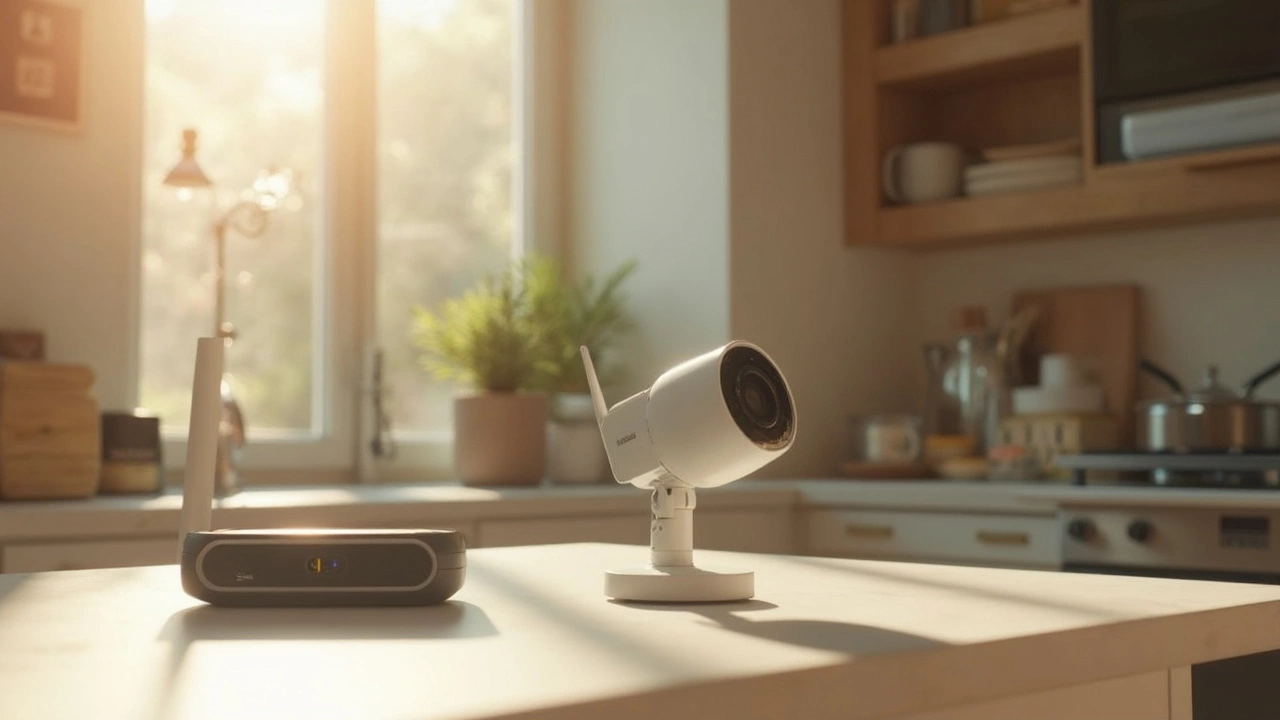If you’ve ever looked at a security camera setup, you’ve probably seen a box labeled DVR. That stands for Digital Video Recorder, and it’s the heart of most CCTV systems. It takes the video feed from each camera, stores it, and lets you replay what happened later. Without a DVR, you’d have no way to keep footage, which means you’d miss out on evidence when something goes wrong.
Most people think a DVR is just a hard‑drive in a metal case, but there’s more to it. Modern DVRs can handle dozens of camera inputs, compress video to save space, and even let you watch live streams on your phone. They’re built to run 24/7, so you don’t have to worry about missing a moment.
Each camera sends a signal through coaxial cable or, in newer kits, a hybrid cable that carries power and video. The DVR receives those signals, digitizes them, and writes them to its internal storage. When you open the DVR’s software, you can see a grid of live feeds, select a camera, and jump to any time stamp.
Most DVRs also include motion detection. When the software spots movement, it marks that clip so you can find it fast. Some even send you an email or push notification, so you know right away if something’s happening. The storage can be a built‑in HDD, a removable SSD, or network‑attached storage for extra safety.
Start by counting how many cameras you plan to use. A 4‑channel DVR only supports four cameras, while a 16‑channel unit can handle a small shop or a larger home. Next, look at the resolution each channel supports. If you have 1080p cameras, pick a DVR that records at the same resolution – otherwise you’ll lose detail.
Storage size matters too. Roughly, one hour of 1080p video uses about 1 GB on a decent compression setting. If you want to keep two weeks of footage from four cameras, you’ll need at least 700 GB. Many DVRs let you set how long to keep video before overwriting older files.
Remote access is a must for most users. Check that the DVR has a mobile app or a web portal you can log into from anywhere. A good app will let you view live feeds, replay clips, and change settings without sitting in front of the recorder.
Finally, think about future proofing. A DVR with extra channels lets you add more cameras later, and a model that supports newer compression formats (like H.265) will keep storage needs low as video quality improves.
In short, a DVR is the storage brain of any CCTV system. Pick one that matches your camera count, resolution, and storage needs, and you’ll have reliable footage whenever you need it. Need help picking the perfect DVR? Our team at Total Security Solutions can walk you through the options and set everything up so you’re protected from day one.

Ever wondered if your wireless security cameras require a DVR? This article dives into what a DVR does, how it works with wireless cameras, and if it’s necessary for your home setup. We’ll discuss the benefits and drawbacks of using a DVR with wireless systems and offer practical tips to help you decide the best path for your security needs. Often, technology moves fast, and it’s easy to feel left behind, so we’re here to clear things up.